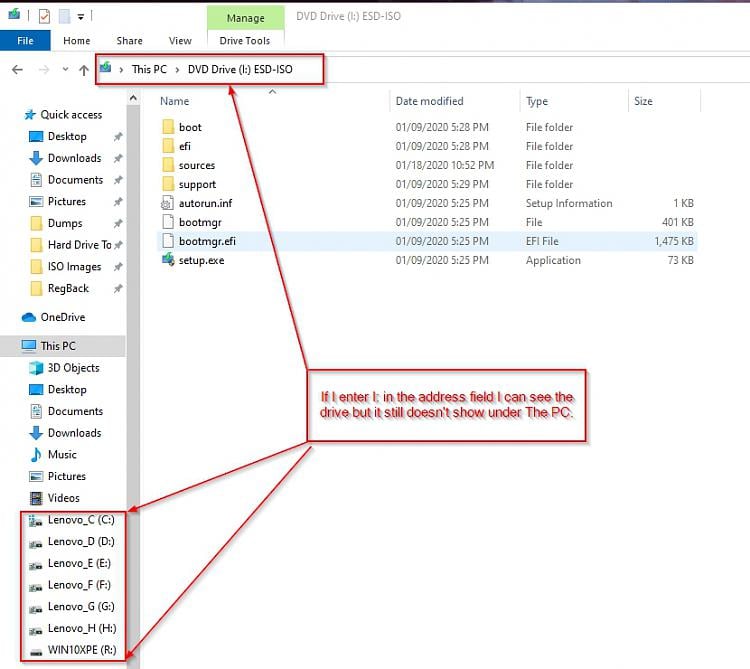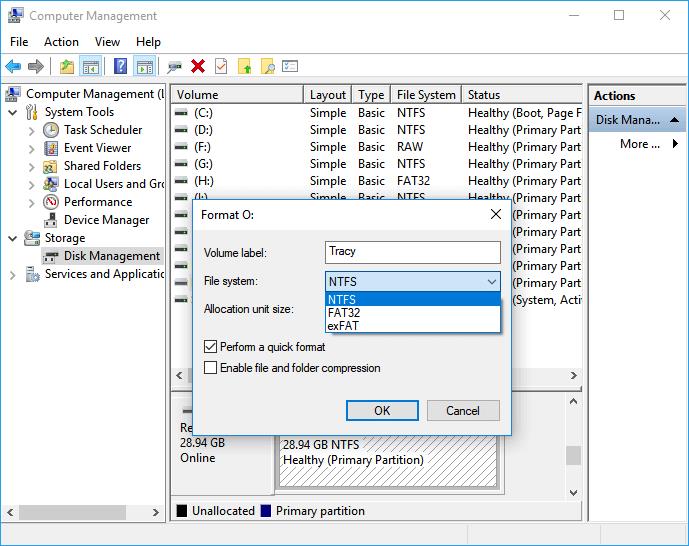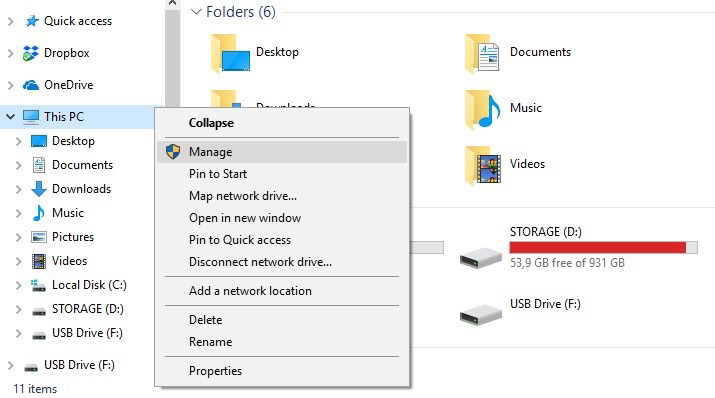

If that phone still can’t recognize the flash drive, it might be the OTG cable that’s defective. To check whether this is the case, connect your flash drive to a different OTG compatible phone using the cable. The culprit might also be the OTG cable itself the OTG cable or adapter might be damaged, which is why your phone can’t recognize and read your USB device.

That’s because the contacts or components of the connector that are responsible for data transfer are damaged.ĭamaged OTG Cable or Adapter Photo by Rotkaeppchen68 from the Wikimedia Commons In these situations, it’s possible that your phone can still be charged, but it can’t transfer files. It’s also possible that your phone can’t recognize your flash drive because the connector on your phone is damaged. Alternatively, you can try out third-party apps, like Easy OTG Checker and USB OTG Checker, to check if your phone supports the OTG standard. You can also look for USB OTG compatibility in the list of specifications. Photo by nicht angegeben from WIkimedia Commons These OS versions can support USB 2.0 and USB 3.0. For your phone to recognize and read your flash drive, it has to be an Android version 3.1 or higher. Another possibility is that your phone will be able to read your files, but the data will be all garbled and unusable.Īnother reason why your phone doesn’t recognize your flash drive is that its OS isn’t built to connect with a USB OTG device.

When you have a corrupted flash drive, your Android phone won’t be able to read the files in it.

This can happen for a number of reasons, like if the USB device wasn’t ejected properly, or if there was a sudden power failure while you were transferring files. One reason that your USB device or flash drive can’t be recognized is that it might be corrupted. Here are some of the most common reasons why your phone can’t recognize the USB device connected to it. For you to work through fixing your unrecognizable USB device, you need to identify the root of the problem first.


 0 kommentar(er)
0 kommentar(er)
